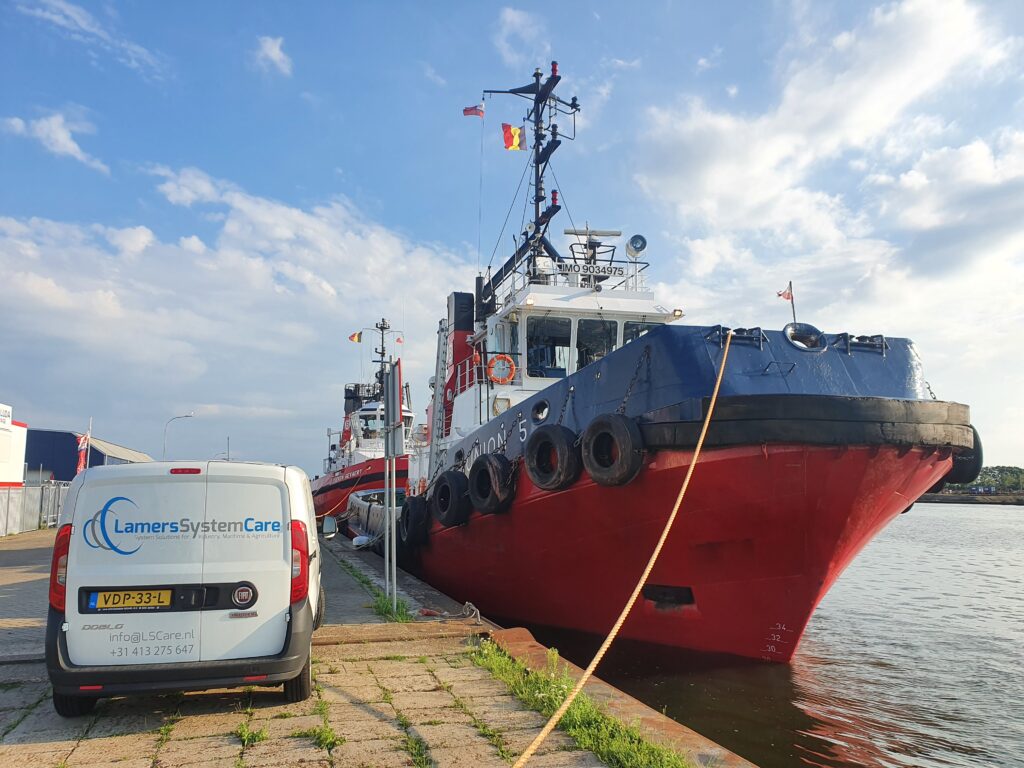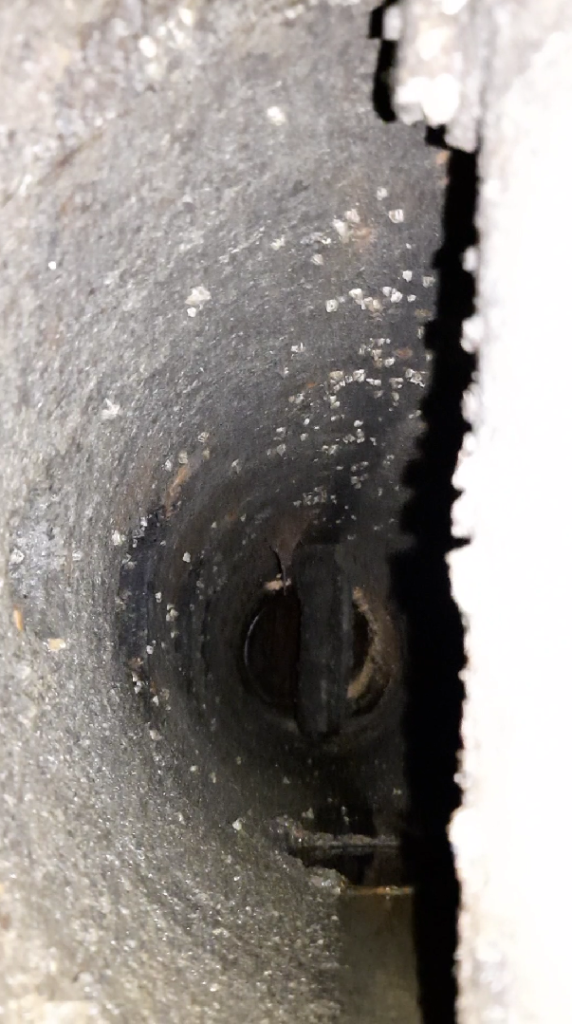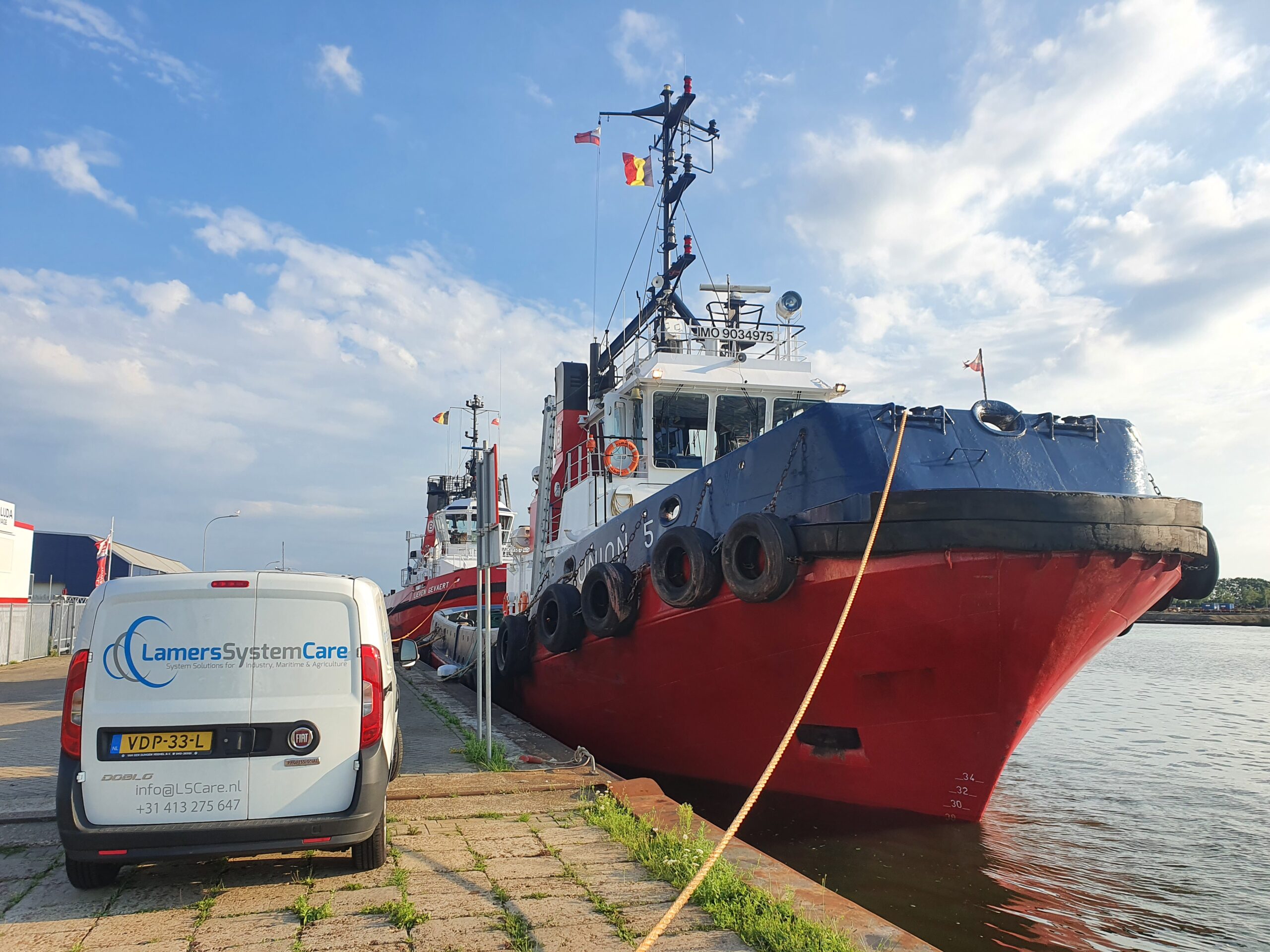Seawater plays an essential role as a medium for the efficient operation of various technical functions of a ship. From cooling the engines to flushing the deck and running the fire fighting system (Fifi); a constant supply of seawater is a must on board. Unfortunately, the seawater for technical installations contains various impurities that must be filtered out. The filtering process has multiple stages and each stage removes different types of impurities.
The filter (also called strainer), consisting of a housing containing a mesh basket, prevents larger objects from entering the system. In order for the seawater inlet system to operate at maximum capacity, the water must be able to flow through it without resistance. Microscopic organisms can settle in the weed pot and crossover, forming biofouling, which in turn limits the volume flow. The current commonly used method to tackle this problem is to install copper anodes in the strainer(s). This should prevent fouling in both the strainer(s) and the subsequent piping (crossover, valves, pumps, etc.).
Although they are the standard at the moment, copper anodes are far from perfect. Disadvantages include short life, extra electrical currents, and copper contamination. In 1999 the ‘College for the Authorization of Plant Protection Products and Biocides’ argued for a ban on copper-containing antifouling applications on vessels recreational boating, because of the unacceptable environmental impact.
Initially they succeeded in banning copper-containing antifouling for ships in the pleasure craft. Unfortunately, this decision was later overturned by protests from coating manufacturers. Largely because there are no alternatives available. Fortunately, this has changed and alternatives to antifouling for filters, crossovers and other applications are becoming more and more accepted. This also applies to the Ultrasonic Antifouling system.
The image shows the inside of a crossover equipped with an Ultrasonic Antifouling system. The photo was taken after nine months while the tug was in active use. With results like this it is clear that polluting the water with copper anodes can be a thing of the past. Sustainable and environmentally conscious by applying Ultrasonic Antifouling technology.




